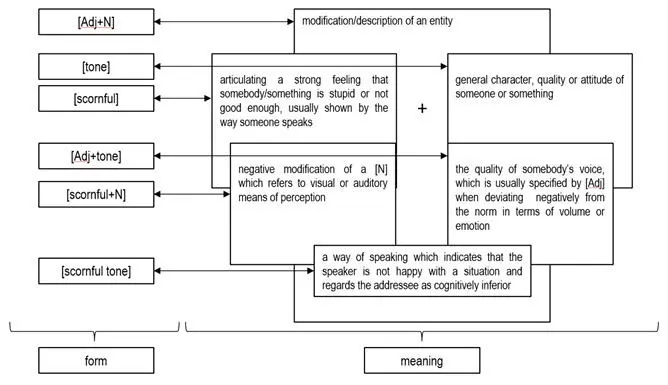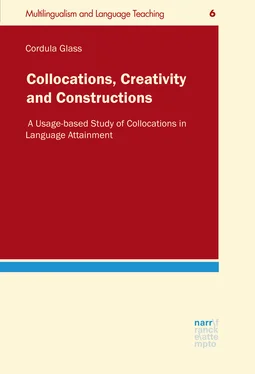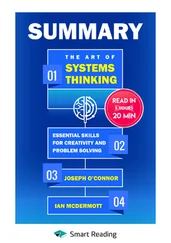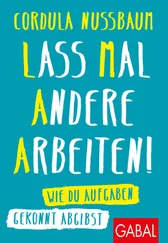1 ...8 9 10 12 13 14 ...19
| (9) |
BNC CCB 1053 |
His Majesties Printers, at or about this time, had committed a scandalous mistake in our English Bibles by leaving out the word NOT in the Seventh Commandment. |
| (10) |
BNC HSL 1335 |
Under these circumstances she was left open and vulnerable to committing mistakes which the enemy exploited. |
| (11) |
BNC EVK 1630 |
This enables the Court to review the decisions of government ministers, inferior courts, tribunals and other administrative bodies to ensure that they do not act illegally, irrationally, or commit some procedural impropriety (per Lord Diplock in C.C.S.U. v. The Minister for the Civil Service (H.L., 1984) |
Furthermore, sentences (12) and (13) below show how English native speakers use this additional meaning dimension of “offence” almost consciously. In (12) for example, the sentence describes a bill for a change in legislature, according to which a served penalty would be erased from a former convict’s record after a certain period. These words come from a supporter, and it is thus very likely that he purposely chose the much less alarming word indiscretion instead of crime to create the impression that these offences were excusable banalities and nothing to worry about. A similar case is slight indiscretion in sentence (13). It occurs as part of a statement within a crime novel and sounds rather cynical, given the fact that the referent here is the abuse of a girl, which in Oxford’s more conservative circles seems to be regarded less severely than a homosexual relationship.
| (12) |
BNC HJ7 116 |
[…] If a man has committed an indiscretion that brings him before the courts and results in his being convicted and penalized, it must be right that after he has served the penalty and lived it down by a substantial period of good conduct thereafter, it should be without meaning for most people of good will.' |
| (13) |
BNC HTR 343 |
He came out of it as someone who might have committed a slight indiscretion, no more, and a heterosexual one at that. |
These examples show that there are cases of paradigmatic restriction or supposed item-specificity which can be explained against a context-oriented background. For a construction-oriented perspective, this suggests that it is not enough to look at the individual constituents, which make a collocation or the overall rather delexicalised construction such as for example [Adj+N], but that there is an additional layer of meaning. This additional, semi-lexical construction then influences the dimension of lexical constructions, such as individual words. Thus it either restricts – as in commit a lie – or modifies, like in commit a mistake or commit an indiscretion , the interpretation of the whole word combination through inheritance relation (> 4). Moreover, it can be assumed that these semi-lexical constructions work multi-directionally, which means, every constituent is part of a semi-fixed construction and influences the selection and interpretation of all other elements involved. At the same time, it is crucial to note that a semi-lexical construction does not coincide with the function or meaning dimension of the lexical item as such. Other instances of commit follow a different set of interpretations and are not at all influenced by any aspects of meaning like “offence” or “accountable”. Hence, semi-lexical constructions can instead be described as the necessary circumstances which need to be available once a lexical item occurs within a certain overall construction, like, for example, scornful in [Adj+N]. Figure 2.3 illustrates the different levels of constructions which might be at work in a word combination.

Figure 2.3: Form and function levels of collocational construction, taking scornful tone as an example
An intermediate semi-lexical level is however not to be regarded as some kind of distributional rule, since the meaning dimension in a construction is rather something which is always there and applies to a certain extent. Without any further influence from other lexical items, the negative aspect in [Adj+ tone ] dominates even a quite neutral combination like conversational tone, as can be seen in sentence (14). Yet, with a modification such as pleasant , as in (15), the feature of “deviating negatively from the norm in terms of volume or emotion” fades into the background until a closer look at the context reveals that the message conveys rather sombre information, namely the possibility of someone dying, which again fits the negative aspect of [Adj+ tone ].
| (14) |
BNC AEA 1218 |
Elisabeth smiled, hoping to lighten the conversational tone and distract the Colonel from his purpose. |
| (15) |
BNC A7J 858 |
‘I suppose Mike out there will be the next to go,’ he said in a pleasant conversational tone. |
With an additional dimension of form and function, variability ceases in most cases to be unpredictable or inexplicable, which is in itself not a very remarkable observation. In his book Semantics Frank Palmer had already noticed: “[…] one can, with varying degrees of plausibility, provide a semantic explanation for even the more restricted collocations, by assigning very particular meanings to the individual words.” (Palmer 21981: 77) A constructional perspective on this matter is, however, different for two reasons: Firstly, within this approach, each lexical item retains its own meaning and/or function. It is simply influenced by an inherited meaning from a more general construction, which, unlike Palmer suggests, does not result in an infinite number of more or less arbitrary word meanings but rather adds another construction to the mental lexicon, which then contributes the same, stable meaning dimension to any context it is used in. Another point is that a level of semi-lexical constructions within collocations seems to fit seamlessly into the usage-based approaches which claim that constructions develop through a constant analysis of lexical chunks based on the principles of analogy and similarity (Bybee 2010: 57–58). This would make an intermediate constructional dimension for collocations a useful unit, not only from a descriptive construction grammar point of view but also for language acquisition research. For, if semi-lexical constructions develop gradually, they could be useful indicators for various stages within the language acquisition process. Furthermore, foreign language learners would benefit from a more accurate description of collocations and their various dimensions of function and meaning, since it would not only enable them to produce more native-like language but also to better understand elements of irony, euphemism or sarcasm within a text. In the long run, this might also lead to a more profound understanding of the foreign language itself, as deliberate analysis of levels of meaning within an EFL classroom could help students to understand language as a system and free themselves from a superficial slot-filler perspective. A working definition based on construction grammar assumptions, therefore, could read as follows (based on Goldberg 2006; Siepmann 2005):
A collocation is a construction, which consists of a lexical form and a functional or semantic meaning. The lexical form of a collocation can be rather fixed – and therefore closely related to a compound – semi-fixed or delexicalised. Semi-fixed collocational constructions open up one or more slots, which through inheritance relations influence the meaning of any constituent chosen to be used in this particular slot. The constituents of a collocation are interdependent; each can be regarded as a fixed point or an exemplary item within a slot. Depending on the number of constituents of a collocation, they are at least bi-directional.
Читать дальше









![Chade-Meng Tan - Search Inside Yourself - Increase Productivity, Creativity and Happiness [ePub edition]](/books/703803/chade-thumb.webp)



